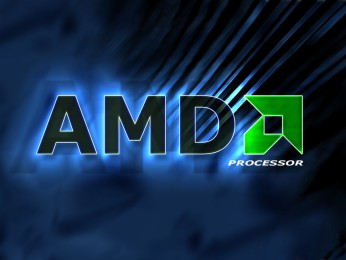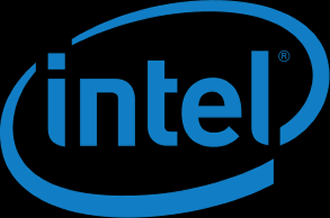 AMD chip buyers using Amazon’s service have found themselves buying fake AMD A8-7600s.
AMD chip buyers using Amazon’s service have found themselves buying fake AMD A8-7600s.
When they receive the chips, the CPUs aren’t working and when they looked at the bottom of the chips they twigged that someone was taking older or less expensive CPUs and delidding them.
They were then taking newer CPUs that have more value, delidding those, and then putting the IHS from the new CPUs on the old CPUs. Unless you look at the pins before you buy, you would never spot the difference.
The cores being used are the AM2 Athlon X2 cores.
The scam is exclusive to the AMD A8-7600, and the situation appears to be limited to Amazon in the United Kingdom.
The danger is that this could spread over to other products if the scam is successful. c’t magazine said it would be a doddle to do with Haswell products, switching the IHS of a Celeron with a Core i7, because both products are LGA1150.
Amazon have not commented but AMD is furious and while refusing to confirm the scam it said:
“It is apparent that this isolated incident is not related in any way to AMD’s manufacturing or packaging, however AMD takes any reports of product tampering very seriously. As part of our ongoing efforts to help ensure consumers and businesses are sold only genuine AMD processors, we thoroughly investigate these extremely rare incidents in an effort to determine the source of the altered products, and consider all available legal remedies – including both civil and criminal prosecution – against persons found to have engaged in fraudulent actions affecting AMD products.”
AMD said it’s been on the blower to Amazon and the local enforcement authorities to fix this incident quickly and “ensure that the rigorous quality and reliability standards that AMD is known for are maintained.
“AMD already implements extensive security measures to ensure the authenticity of our products, we are currently evaluating further measures to implement additional security measures for maximum future support,” a spokesperson said.
AMD has a guide listed on its website to help verify the legitimacy of CPUs.

















